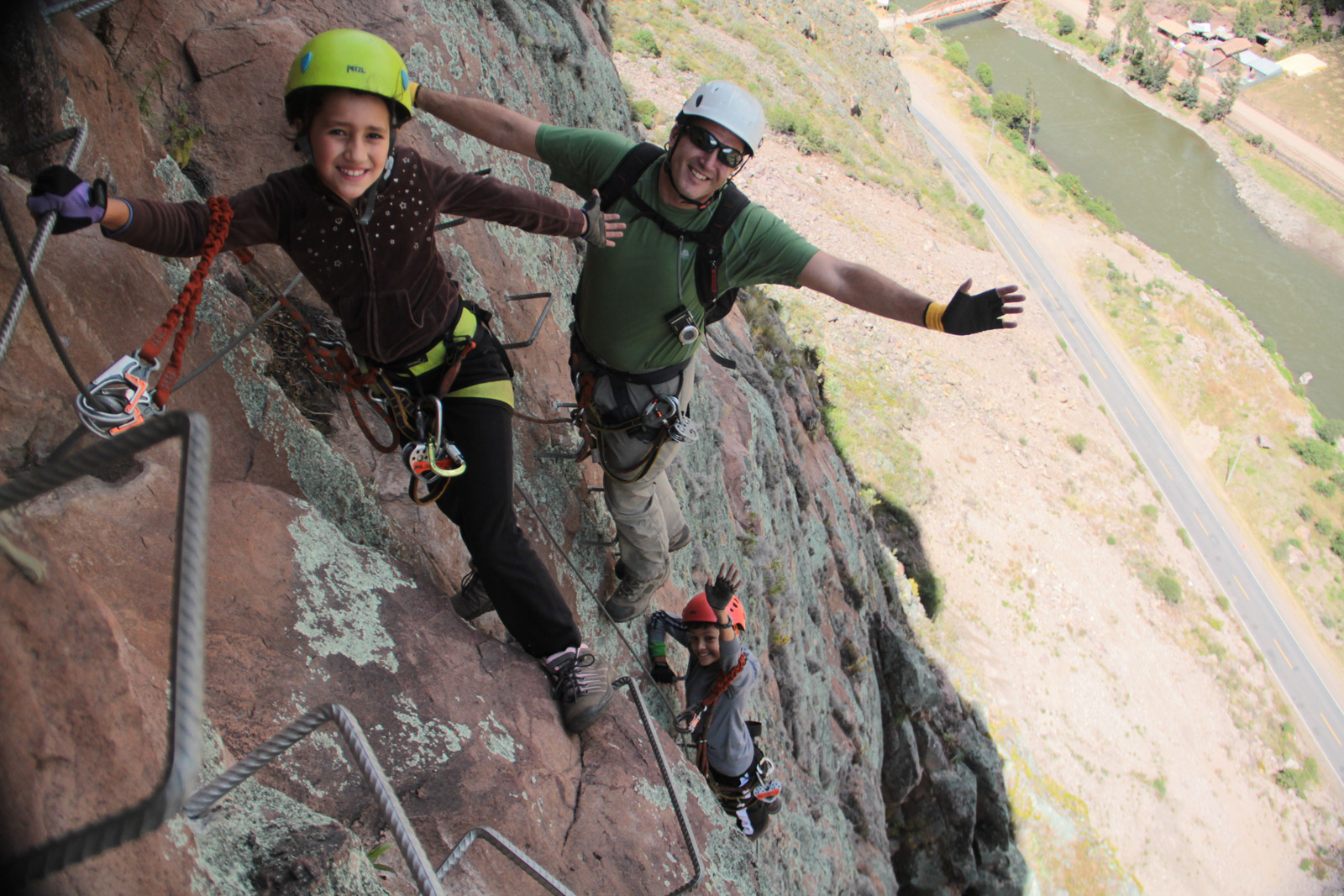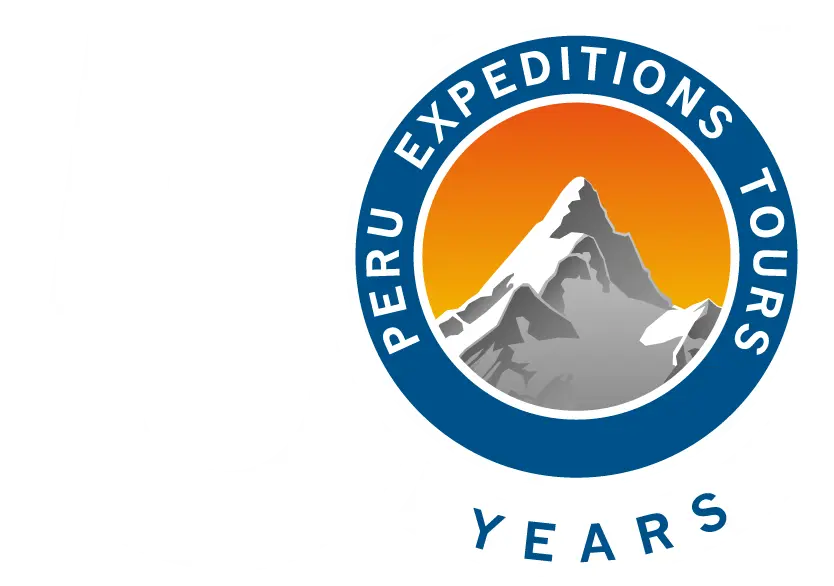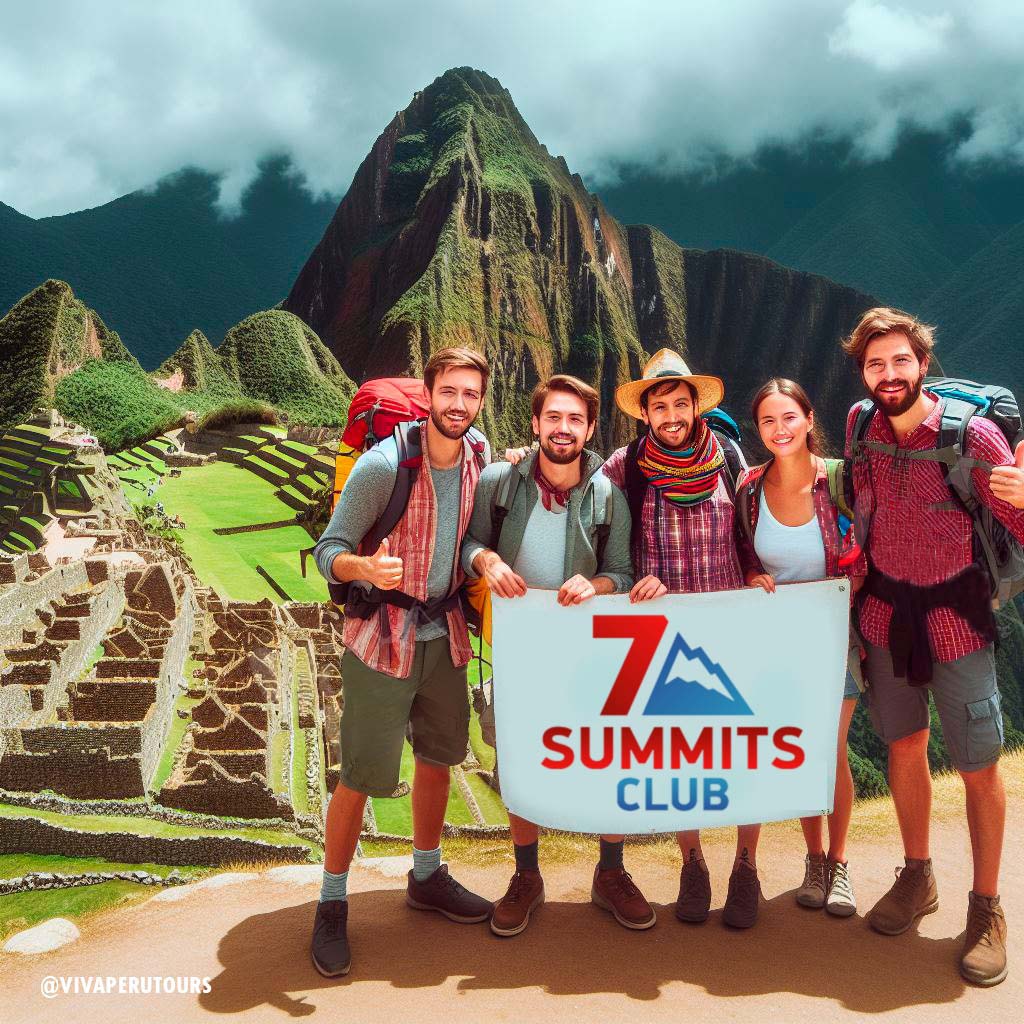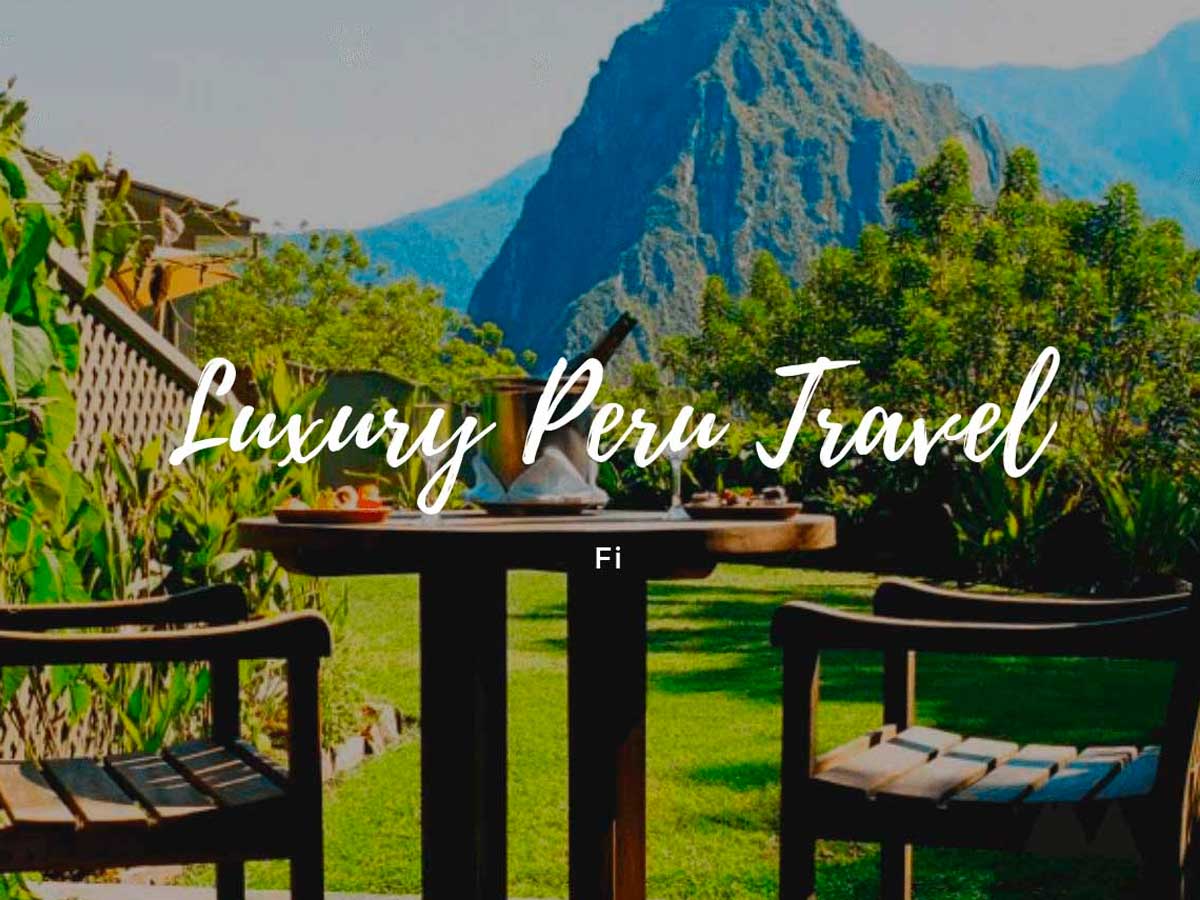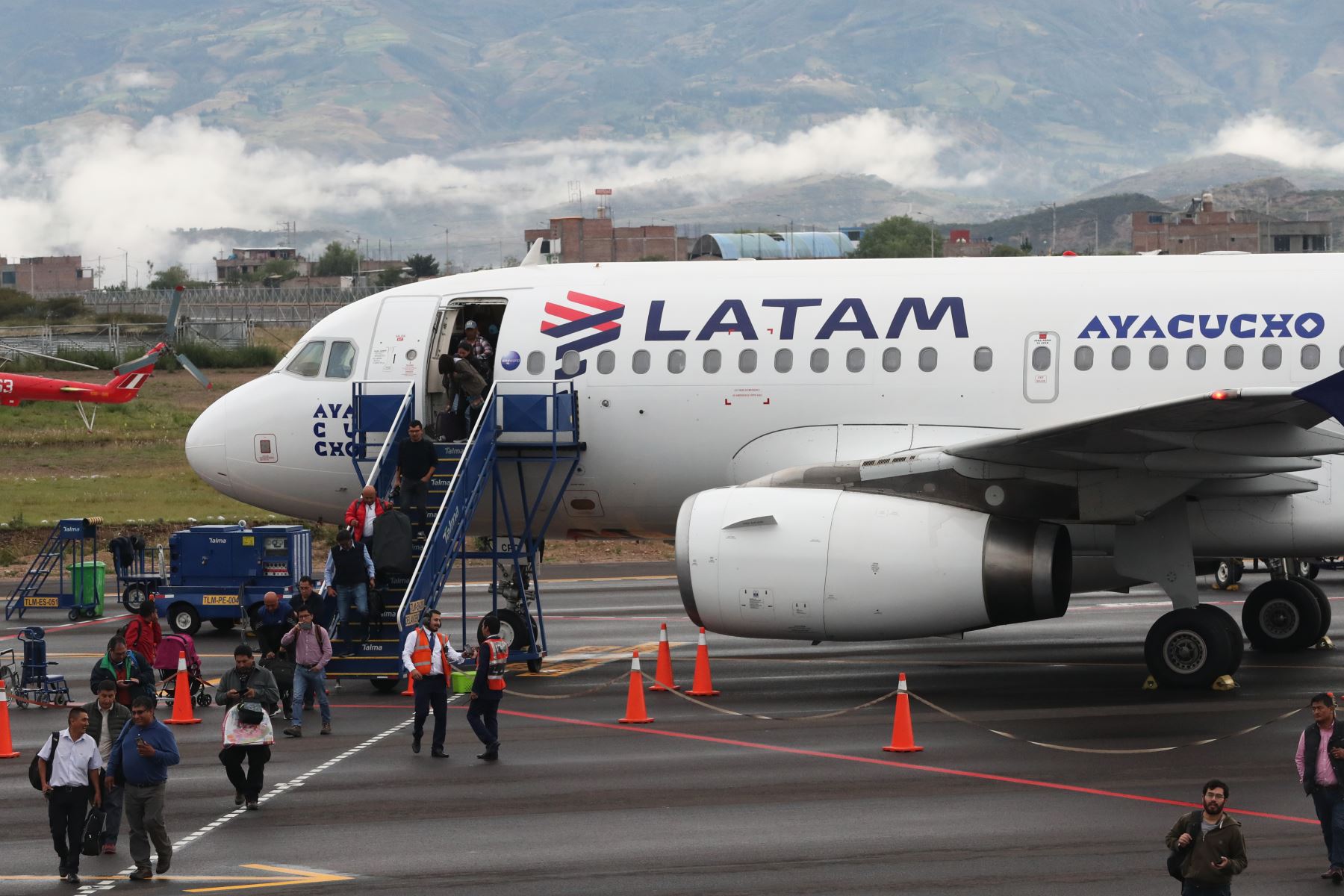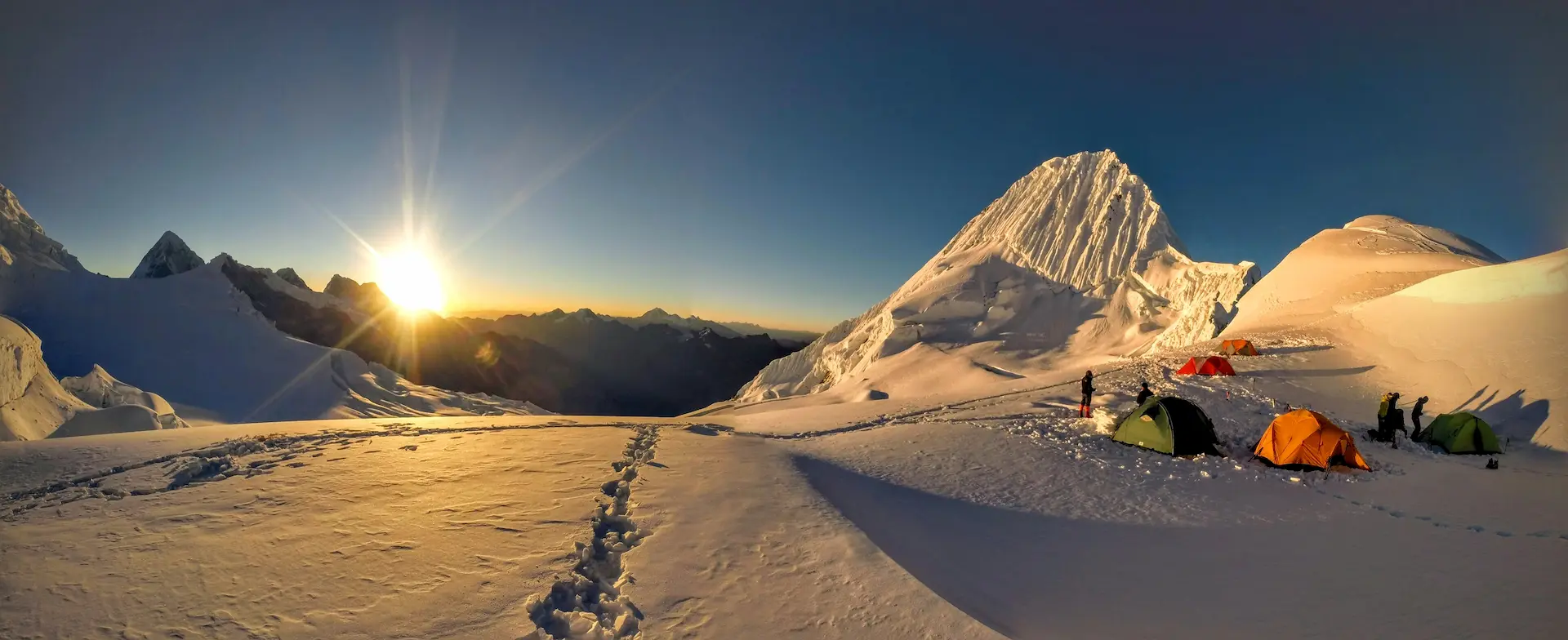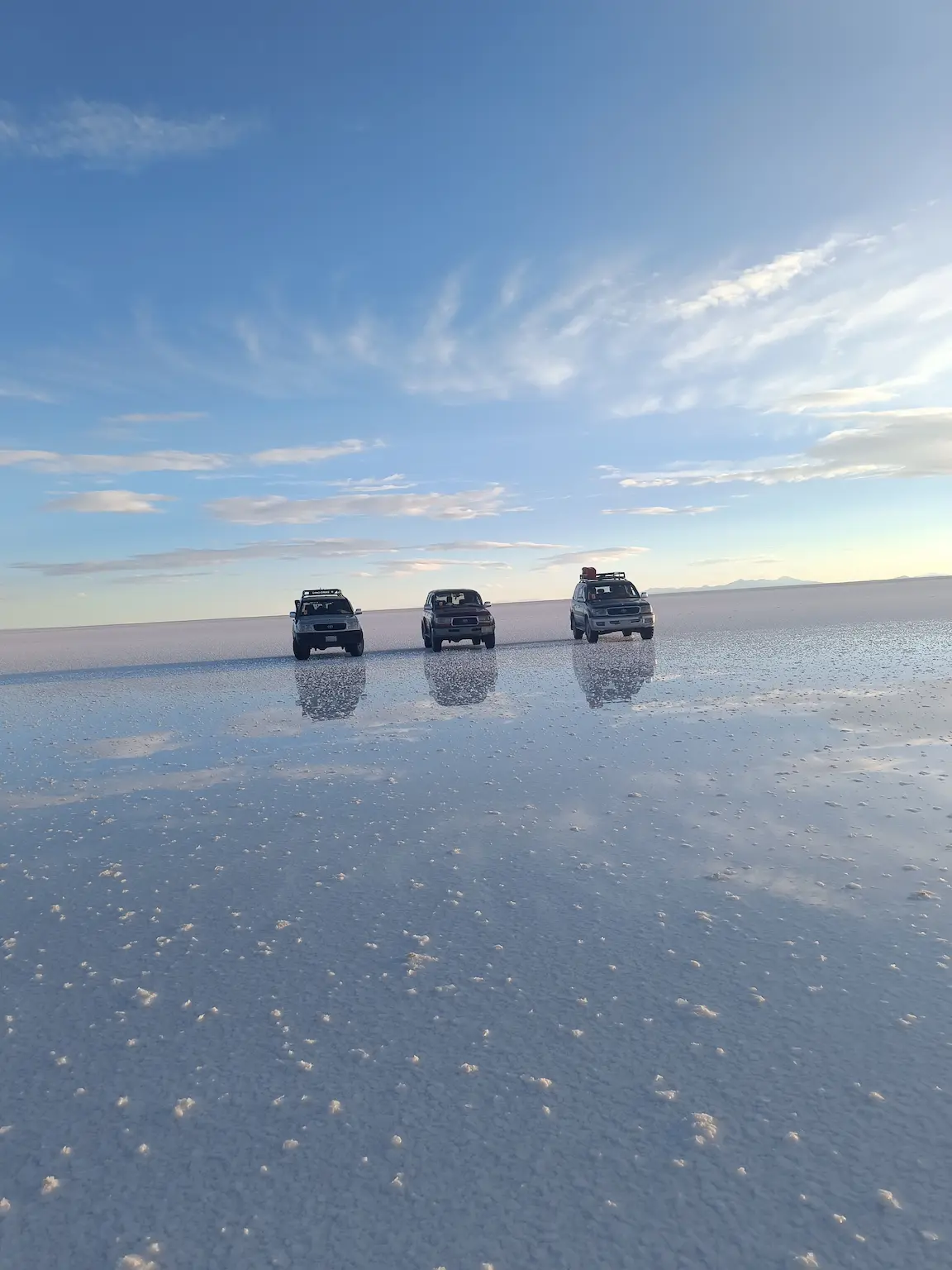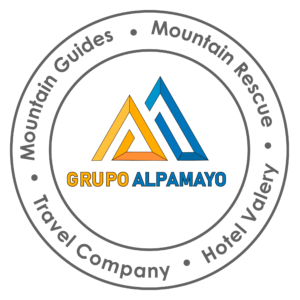Cusco Climbing Information
The Rock Climbing and the Mountain climb are turning popular the last years in Cusco, and this is because we have such a nice places where you can practice these sports with incredible landscapes. We have three important mountain ranges in Cusco: the Urubamba Mountain Range, the Vilcanota Mountain Range, and the Vilcabamba Mountain Range, all located just a few hours from Cusco. Those offer different grades of difficulty perfect for beginners and experienced people. Our climbing instructors will teach you the basics so you can begin in this world of climbing. Also, you will learn about the climbing gear and its proper use in different situations.
For experienced people we have some of the most wonderful spost in rock climbing and mountain climb which offer challenging climbing in difficult grades.
Rock Climbing
The Rock climbing is a physically and mentally demanding sport, one that often tests a climber’s strength, endurance, agility, and balance, along with mental control. Knowledge of proper climbing techniques and the use of specialized climbing equipment are crucial for the safe completion of routes.
The rock climbing in Cusco has grown considerably over the last few years, according to the large group of adventurers who come to Cusco to explore and practice this sport. Cusco, as it is located in the middle of the Peruvian Andes, offers great variety for rock climbing where everyone could practice this nice sport, with routes of different levels for beginners who want to learn and experience rock climbing, and routes that are already equipped for locals and foreigners.
Top Rope Climbing: also knows as top-roping, this is most recommended for beginners because this style offers a safety for the person who is trying to climb a wall. It is the most common style used at indoor climbing walls and is also used in situations where other methods would be unsafe or environmentally damaging.
Most beginner climbers will start out top roping. This will either be indoors at a climbing gym, or outdoors on a climbing course or taster session with an instructor.
Top roping uses ropes that run through pre-existing or newly placed anchors at the top of a climbing route. One end of the rope is attached to the climber, and the other end is attached to another person: the belayer. The belayer takes in the excess rope as the climber ascends and ensures that should they fall off the rock, they will be “caught” by the rope (which runs through a belay device attached to their harness).
In climbing gyms, top ropes are already set up by the climbing elves. Outdoor top rope climbs aren’t quite so magical, unfortunately. They can be set up by a more experienced climber who will lead the climb first. Alternatively, the top of some outdoor climbing routes can be accessed on foot, and the rope can be set up from above.
Sport Climbing Climbing: Is a type of lead climbing. Just as with lead climbing, there are fixed bolts with rings in the rock on the wall to protect the climber from falling. These bolts and rings will have been set by the leader and are usually between 10 and 15 feet apart from each other. The climber will use a quickdraw (also known as an extender) to clip the rope attached to them onto the bolt attached to the rock. A quickdraw is two carabiners (a looped, spring-loaded shackle) that are connected by a thick piece of nylon. At the end of the route, a belay anchor will usually be waiting for the climber, having been set by the leader. A belay anchor consists of two or three bolts and rappel rings.
Sometimes sport climbs can be “rap-bolted”. Rap-bolting is a way to bolt into the rock, but instead of bolting as they climb upwards, the leader will bolt as they rappel down the wall.
The goal of sport climbing is to focus on technique, strength, cardiovascular activity, and gymnastics rather than some climbing methods, which focus on adventure and risk as their major factors (for example, free-soloing and mountaineering).
Many people who start lead climbing are more inclined to go for sport climbing instead of trad climbing due to convenience. Less equipment is needed in sport climbing, there isn’t as much to remember regarding the anchors into the wall, it’s easier than trad climbing but it’s still quite challenging, and it’s more of a workout for the body than the mind.
Bouldering: Bouldering is a type of climbing that doesn’t require a rope and is a solo activity. Unlike lead climbing (or similar) there is no one else on the wall helping you through your climb in any way (other than words of encouragement). Duo bouldering problems, while fun, are very rare to find.
There are indoor bouldering gyms and outdoor bouldering areas all around the world. The maximum height of your usual bouldering wall is around 4 meters high whereas the average height is usually around 3 meters. Indoor bouldering gyms offer different graded climbs and have a massive safety mat for when a climber falls. Outdoor bouldering will usually require the climber brings crash pads for safety when they fall.
Some shoes are specifically designed for bouldering because of their speciality for short, steep routes, or precision on overhangs. Bouldering is one of the most commonly practised forms of climbing.
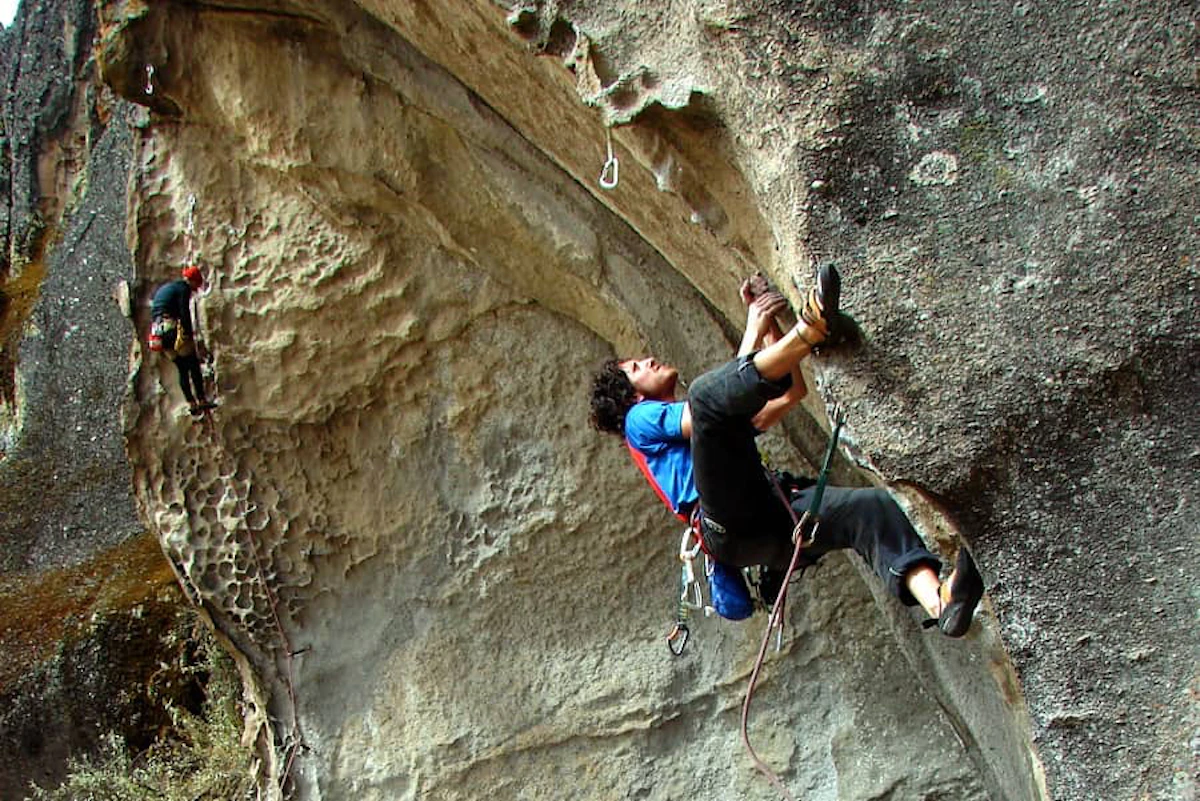
Mountain Climb
The Mountain Climb in Peru offers the best bang for your buck in comparison to other great ranges of the world. While mountains like Denali or the Himalayas can cost over $10,000 for an expedition and take over a month, Peru has the most accessible peaks over 6,000 meters / 20,000 feet anywhere in the world and is quite cheap in comparison. The scenery is loaded with colors contrasting the green pastures, turquoise lagoons, and brilliant white peaks, not just gray rock on your approach to base camp. Several valleys in the Cordillera Blanca offer the opportunity to climb big peaks from the same base camp. This lets you do more climbing for less money and time invested.
The most popular mountains that can be climbed in Cusco are the Qampa Mountain (5,520 meters/18,110 feet) and the Ausangate Mountain (6,384 meters/20,944 feet), the last of which is considered the highest mountain in the entire Cusco region. However, if you are a mountain lover and want to go far, we have more mountains that can be climbed in a two-day tour. Cusco has some Andean range, which have snow-capped peaks from 5,200 meters to 6,384 meters.
Acclimatisation: Good acclimatisation to the altitude is important before attempting any climbing in the Cordillera Vilcanota. You are sleeping climbing above 5000m and this is very demanding and tiring for the body. Without sufficient acclimatisation the chances of becoming ill with altitude issues on the mountain are high, or you may experience a complete loss of energy and be unable to continue with the climb.
We always recommend an acclimatisation trek of minimum 4 days before departing to climb. We can advise on a suitable acclimatization program including day hikes and an acclimatisation trek. For climbing 6000m or technical peaks we additionally recommend a “warm up” climb of a 5000m peak for extra acclimatisation and strength.
Dates Groups: We do not have fixed departure dates for our climbing trips, but instead organise them on demand to suit clients travel plans. If you would like to join up with other people to have some company and to share costs, we can advertise your trip dates on our Join a Group Page
Support Safety
Guides: All climbs are led by a qualified licensed UIAGM International Mountain Guide. Assistant guides are licensed aspirant guides, members of Peruvian Mountain Guides Association. English speaking guides are available. Our guides are well trained to climb the Cordilllera Vilcanota and trained annually in different courses such as rescue, first aid kit, WFA, and safety
Evacuation: Climbing Groups are organised so that in the event of an accident, illness or tiredness there are always sufficient qualified climbing staff on the mountain to effect a rescue and / or evacuate clients safely back down the mountain
Guides have first aid training and carry a first aid kit there is an emergency stretcher at base camp; We have a company evacuation policy and the guides are trained in what to do. There is 24 hours communication to our office from where an evacuation will be co-ordinated. If necessary a rescue team from our company will be arranged
There is no helicopter rescue service in the Cordillera Vilcanota
Mobile phone coverage is at base camp on many climbs or there is emergency radio contact from base camps. On technical peaks where there is not base camp communication or no mobile phone coverage up on the mountain we have a sat phone. Guide has walkie talkie communication with base camp
Glacier Conditions, Weather Time to Go
The months when there is generally more settled weather are from May to September, The safer times to be climbing peaks depends on the altitude of the peak and the technical difficulty, 5000m peaks and non-technical peaks can be climbed from May through to September. Low season climbing (October to April) is also possible, but summit success can be subject to good weather.
6000m peaks and technical peaks generally are in better condition from around mid-June through to late August but some peaks are considered safe to attempt only in July August. Global warming is causing weather conditions to be less predictable than in the past and in recent years there have been periods of bad weather and high winds during the so-called “dry” months of June, July August. It cannot be guaranteed that there will be good climbing weather during the months of the recognised climbing season. High mountain weather is always volatile and you need to be prepared for sudden weather changes.
Glaciers in the Andes are retreating rapidly, with some glaciers that were climbed 30 years ago having now completely disappeared. This is causing conditions on the ice to change rapidly. This means that the routes used and the conditions on all the peaks are changing each year and even each month. The descriptions we have given are general only, and the routes used, conditions on the mountain or description of the routes may change considerably on the day you are climbing. Descriptions of routes in some guide books may also be out-dated
Grading:
The grading of the climbs is an indication only of the level of difficulty. Even climbs suitable for beginner climbers are graded medium to hard to reflect that the altitude makes climbing on any Cordillera Vilcanota peak physically demanding. Although many guidebooks describe some peaks as being “trekkers peaks” the approaches to all the mountains involve a steep challenging hike up through moraine rock to reach the glacier and often there are short sections of steep climbing on ice even on the so-called “easier / beginner” peaks.
We do NOT consider that any climb in the Cordillera Vilcanota can be classified as a “trekking peak”. Altitude and terrain make all climbs physically demanding. A climb should only be considered if you are well acclimatised and generally already in good physical condition.
Grades are based on the French alpine grading system.
These are a general indication only of difficulty. Routes and conditions on all mountains are changing rapidly and level of difficulty may have changed at the time you are on any mountain.
PD (moderate) – Moderate snow climbs – a rope is necessary
AD (reasonably hard) – Routes with a fair amount of difficult climbing – snow ice experience required
D (hard) – A reasonable amount of serious climbs of snow ice with pitches up to severe standards
TD (very hard) – Very difficult, long serious climbs
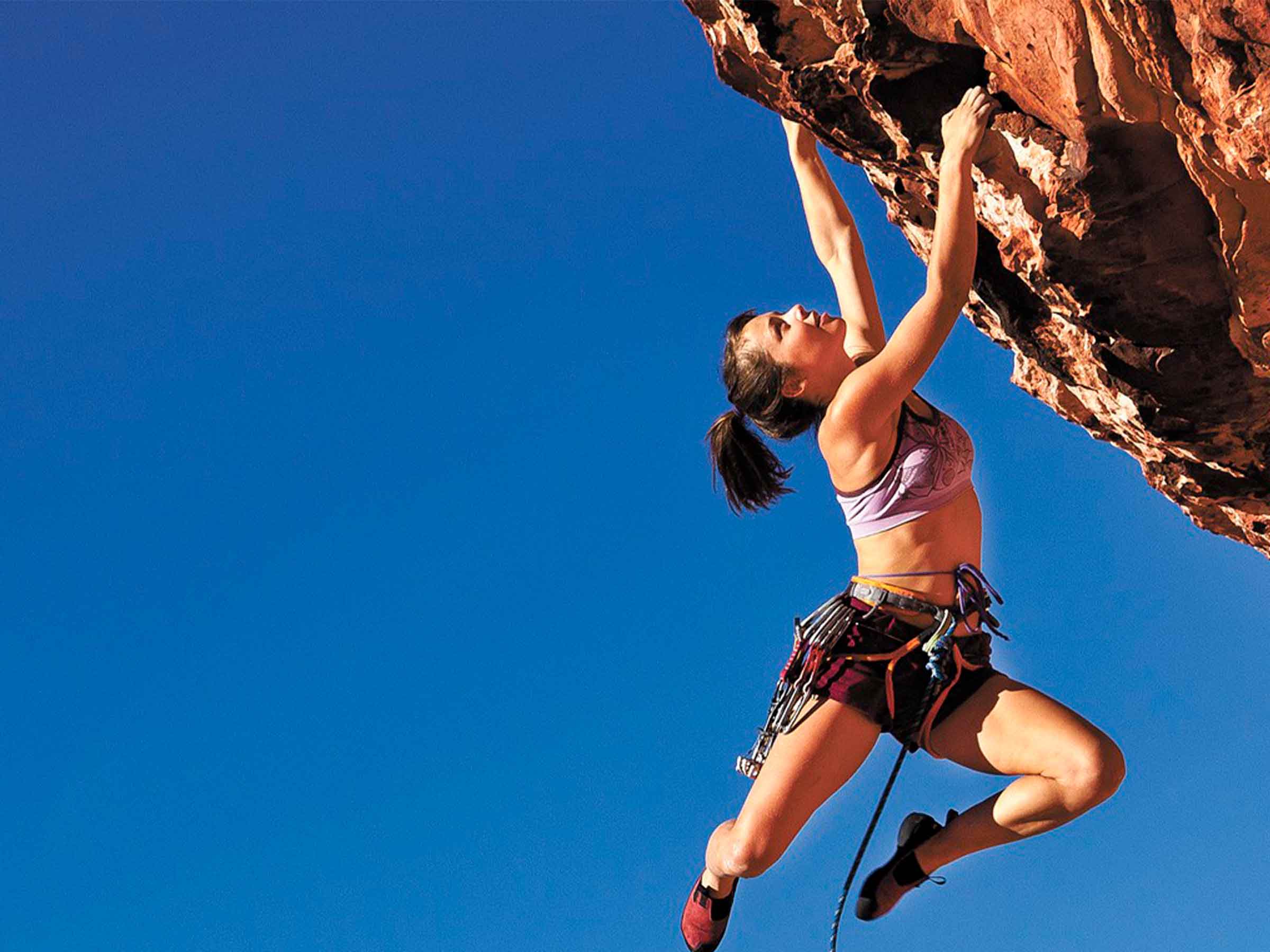
Packing list for your climb
Your Base Layers
- Underwear
What style underwear you choose is a matter of preference. In general, you’ll want underwear that’s airy and breathable and that is made from wool or a synthetic.
- T-shirt
A lightweight synthetic or wool T-shirt can be a nice layer to have for a warm approach hike, though some climbers will forgo it and wear their long-underwear top instead to save weight. You can choose short sleeves for better venting or long sleeves for more coverage from the sun.
- Socks
Quality socks are very important for keeping your feet warm, dry and comfortable on a long climb. Choose either wool or synthetic, never cotton. The length of trip and your personal preference will determine how many pairs to bring, but for a trip lasting a few days, two pairs of socks are typically enough. You may choose a lighter weight pair for warmer temps lower on the mountain and a midweight or heavyweight pair for higher up.
Mid Layers
- Fleece Jacket
A lightweight fleece jacket is a nice piece to pull on over your long-underwear top when you stop for a break during your approach hike. You’ll likely also wear it during an early morning start on your summit day.
- Soft-Shell Jacket
This piece is somewhat interchangeable with a fleece jacket, so you may opt for one or the other, but you could carry both if the conditions warrant it. The benefits of a soft-shell jacket include better wind and water resistance compared with a fleece and better breathability compared with a fully waterproof rain jacket. A helmet-compatible hood is a good feature to look for.
- Soft-Shell Climbing Pants
A quality pair of soft-shell climbing pants are a core item that every mountaineer should have; you’ll wear them from the parking lot to the top of the mountain and all the way back down. Soft-shell climbing pants are more durable than hiking pants and they do a better job of blocking wind and rain. Their stretchy fabric gives you the range of motion you need for climbing mountains. On a warm approach hike, you’ll wear soft-shell pants over just your underwear. Higher on the mountain, when it cools off, you can layer them over long underwear and/or under rain pants.
- Sun Hat
A wide-brimmed hat or baseball cap is essential for shade when you’re hiking under intense sun. Some hats have a sun cape on the back to cover your neck.
- Liner Gloves
Lightweight liner gloves are nice to have when you’re lower down on the mountain where the temps aren’t too cold but you still want a little warmth and some protection against the snow if you slip and have to put a hand down. Liner gloves also provide sun protection.
Insulation Layers
- Insulated Jacket
An insulated jacket with a hood is a must for staying warm in the mountains. Keep this layer near the top of your pack while climbing so you can quickly pull it on over everything else you’re wearing when you stop for a break. The type of insulation and how much of it you need depend on several factors, including your budget, the climate and how packable you need to the piece to be. Down provides the most warmth for the least bulk and weight, but it won’t insulate well when it’s wet (though many jackets are now made with water-resistant down, which helps improve performance). Synthetic insulation is bulkier and heavier, but more cost effective and a better insulator in damp conditions.
- Insulated Pants
These are optional depending on the time of year and location of your climb. For warm-weather ascents, you may be fine without them. But for climbs on big peaks or early- or late-season ascents of smaller mountains, a warm pair of insulated pants will be nice to pull on when you’re high on the route or resting at camp. Look for pants with full-length side zippers so you can get the pants on while wearing boots and crampons. As with jackets, you have a choice between down and synthetic insulation.
- Winter Hat
Bring a low-profile winter hat that will fit underneath your climbing helmet.
- Mountain Glasses
Your everyday sunglasses may not cut it on the mountain. Glacier glasses are designed specifically to protect your eyes from the intense light at high altitudes and sunlight reflecting off snow. They often feature wrap-around extensions to block light from entering at the sides. Most glacier glasses have a visible light transmission (the amount of light that reaches your eyes through the lenses) of 5%–19%, whereas everyday sunglasses are often in the range of 20%–40%.
Midweight Gloves As you get higher on the mountain, your liner gloves may not provide enough warmth. A pair of midweight gloves should provide ample warmth for cold weather while still providing enough dexterity to handle ropes, hold an ice axe and operate zippers.
- Gaiters
Gaiters not only keep snow and rain from getting into your boots, but they also do a good job of containing your baggy pant cuffs, making it less likely that you’ll snag a crampon and rip your pants. Get a tall pair that come up to just below your knees and have reinforcements at the insteps..
Extra Items
- Torch (a nice small head torch is best)
- Camera
- Batteries or charger
- Sun hat
- Sunglasses
- Water bladder or bottled water
- A few snacks like energy bars (you won’t need too many)
- Dry sacs or plastic bags to wrap your clean clothes in, in case it rains.
- Swimwear and a towel – to save space we really recommend a lightweight travel towel like the Pack towel – it’s a fraction of the size of an ordinary towel, dries in five minutes and weighs next to nothing.
- Passport (just in case you could need it!)
- Cash (there are no ATMs at all). All your meals are included in the tour, but you’ll want cash for snacks and bottle of water, entrance to the hot springs, tips for team, lunch and dinner on the final day, and maybe souvenirs in the villages. Try to get small notes and coins as Peruvians, especially in small villages, are allergic to giving change.
All of this should fit into one backpack of 20L-30L, so you can leave your big backpack and all your other luggage in Cusco. It may not seem like much, but it’s only four days and this really is everything you’ll need.
